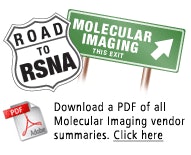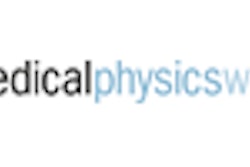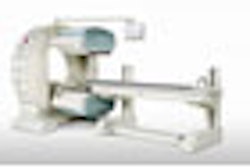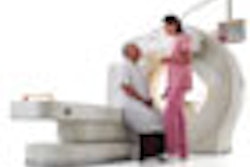It's the best of times and the worst of times for molecular imaging. Recently introduced technologies like PET/CT are maturing, and in the process are demonstrating the value of molecular-based functional imaging, particularly when integrated with anatomical modalities. Following on PET/CT's heels are technologies like SPECT/CT, which offers hybrid imaging at a lower cost, and even PET/MR, which could reshape the imaging landscape as PET/CT has done.

In addition, anecdotal information indicates that new PET/CT sales have been hammered by the reimbursement changes implemented by the Deficit Reduction Act (DRA) of 2005, which cut Medicare payments in outpatient imaging settings.
Even if the market does bounce back, over the longer term, nuclear medicine and molecular imaging may bear the brunt of recent cuts in R&D funding implemented by the U.S. Congress. At present, there is no long-term commitment by any federal agency to maintain nuclear accelerators, research reactors, or other high-technology infrastructure for nuclear medicine R&D. This situation could hamstring the basic science research that forms the foundation for new radiopharmaceuticals and imaging devices.
Still, nuclear medicine remains a key imaging modality, particularly in cardiology and oncology. Myocardial perfusion procedures continue to rise in proportion to the total number of nuclear medicine patient visits, according to the IMV report.
Of the 15.2 million nuclear medicine patient visits in 2006, the portion of cardiovascular imaging studies has increased from 54% of total studies performed in 2002 to 60% of those performed in 2006. IMV also found that nearly one in five patient visits were for bone scans, followed by liver/hepatobiliary at 7%, and respiratory at 4%.
With those numbers illustrating the trend in nuclear medicine today, here is a sample of what some vendors are planning for RSNA 2007.
Disclosure notice: AuntMinnie.com is owned by IMV, Ltd.



















